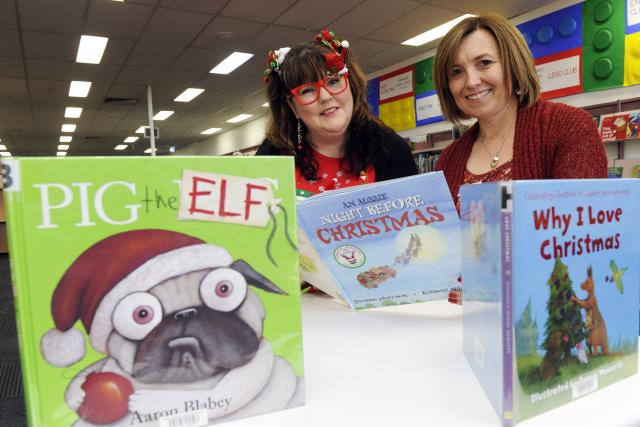New data from the The Australian Early Development Census (AEDC) has suggested there continues to be a higher percentage of children in the Melton municipality considered ‘developmentally vulnerable’ than state and national averages.
An initiative of the federal government, the census provides data about the developmental health and wellbeing of children in the community in their first year of school.
According to the AEDC, the census provides evidence to support health, education and community policy and planning and the data aims to highlight “what is working well and what can be improved to support children and their families”.
Data is collected every three years, and the sixth collection took place last year.
About 300,000 in Australia were captured in the census and were mostly born in 2018 and 2019.
The data is measured across five ‘domains’ – physical health and wellbeing, social competence, emotional maturity, language and cognitive skills, and communication skills and general knowledge.
According to the AEDC, results in Australia show the percentage of children developmentally vulnerable has increased across all five AEDC domains since 2021, however, when compared to the baseline established in 2009, there remains an overall increase in the percentage of children developmentally on track on five domains. .
In the 2024 census’ Melton community profile – involving the suburbs of Brookfield, Burnside, Caroline Springs, Diggers Rest, Eynesbury, Hillside, Kurunjang, Melton, Melton Rural North East, Melton South, Melton West, and Taylors Hill – 15.3 per cent of children involved were considered developmentally vulnerable in two or more of these domains.
This is greater than the state average of 11.8 per cent and national average of 12.5 per cent.
According to the initiative, the data is “a powerful tool for initiating conversations and partnerships across education, health and community services.”







